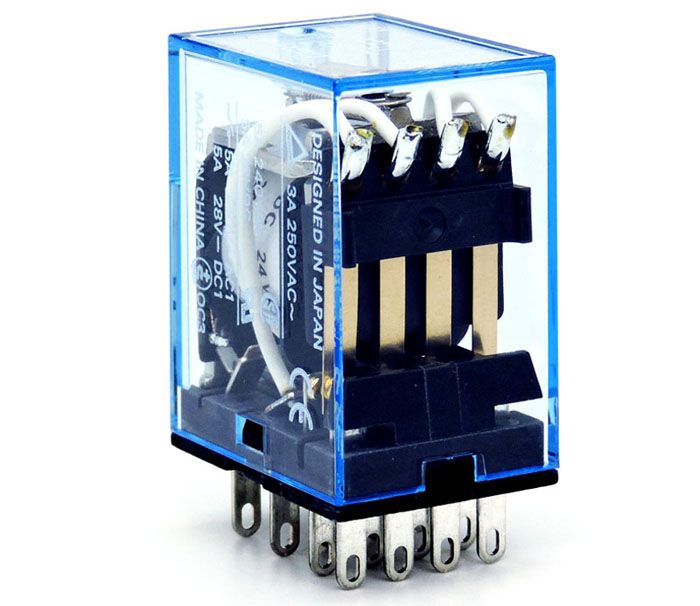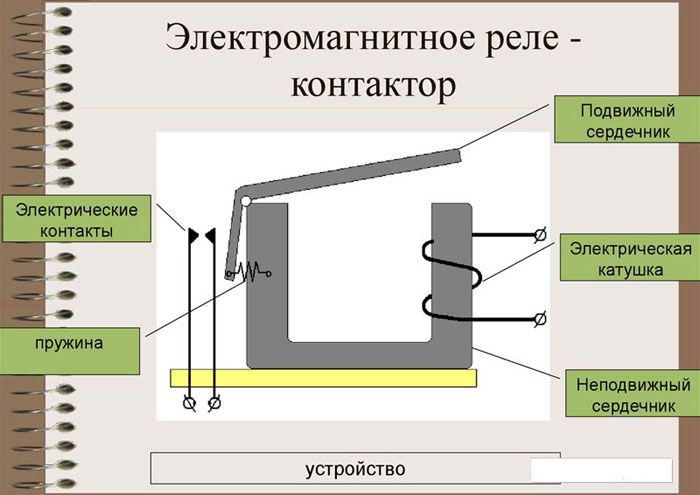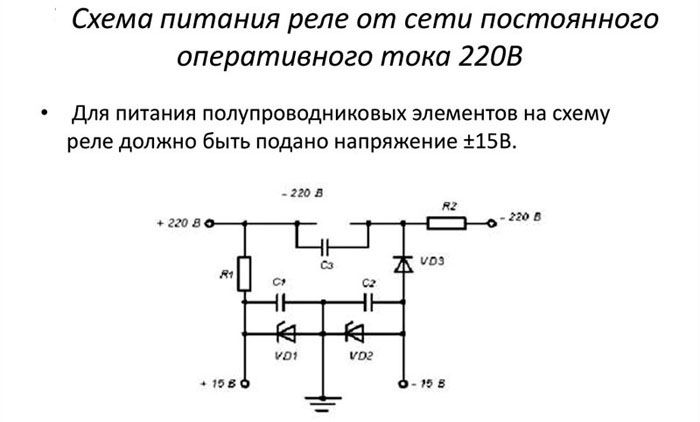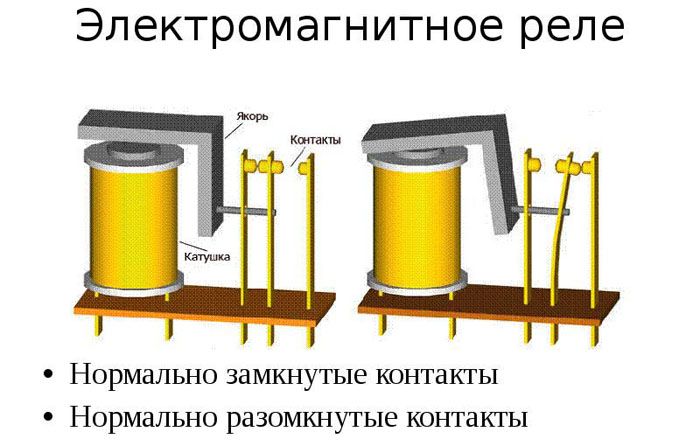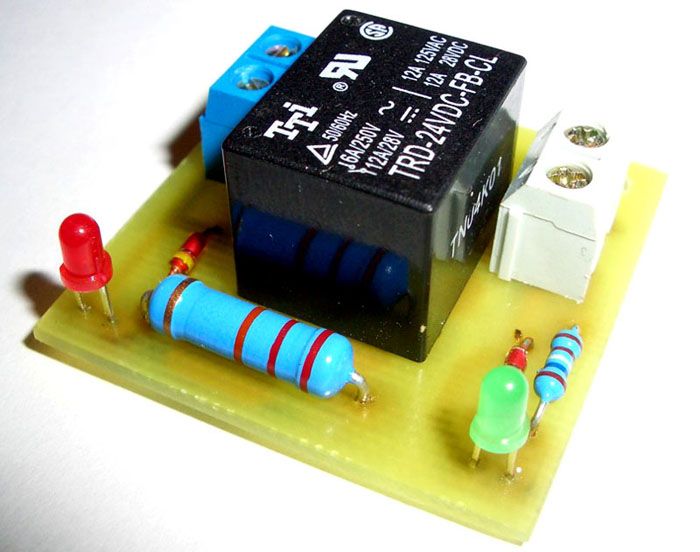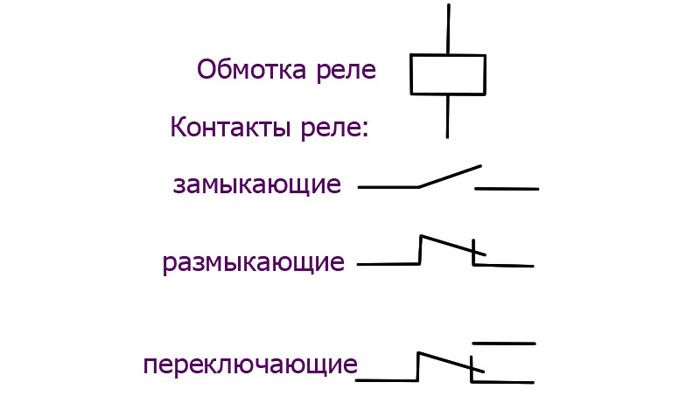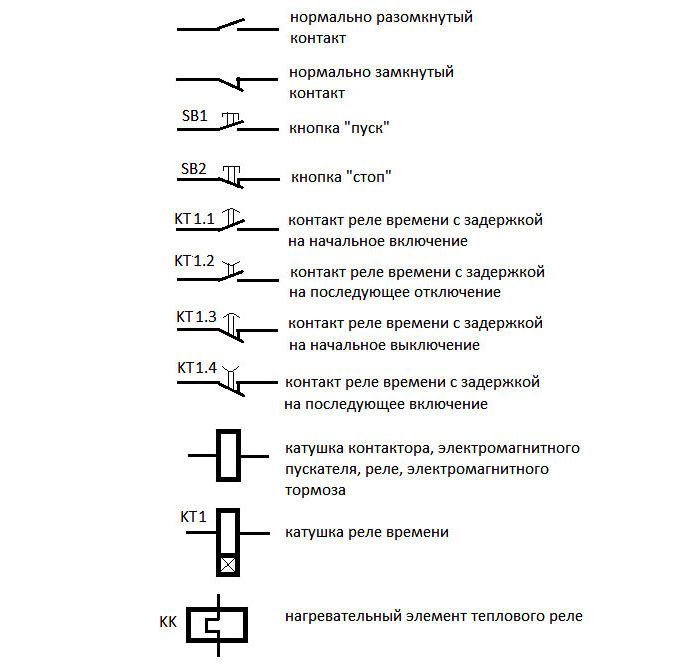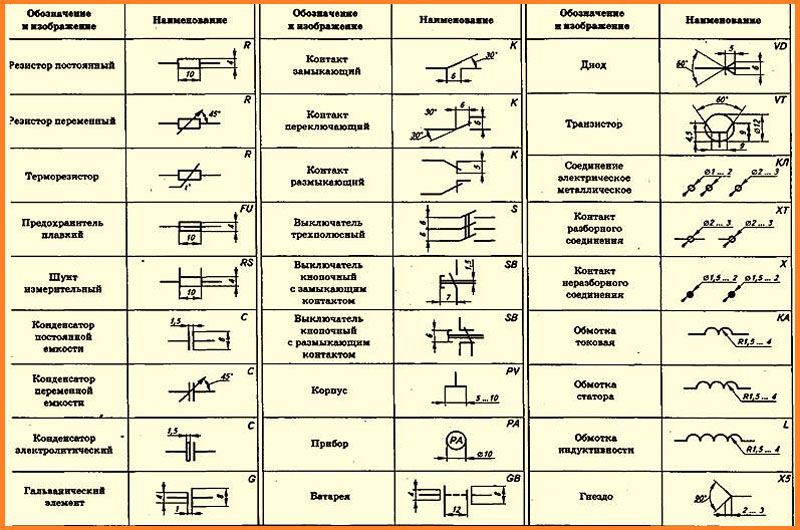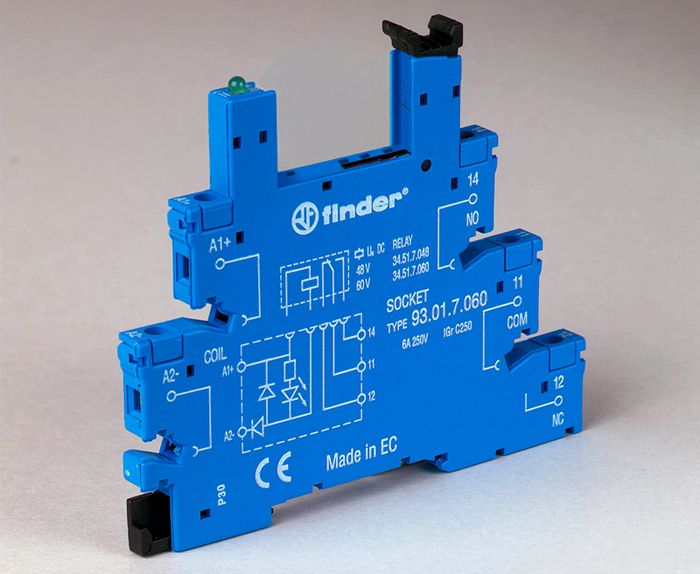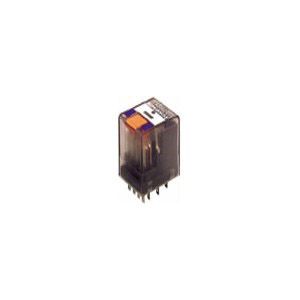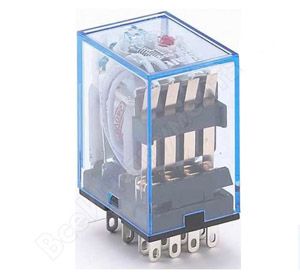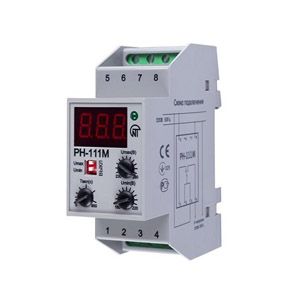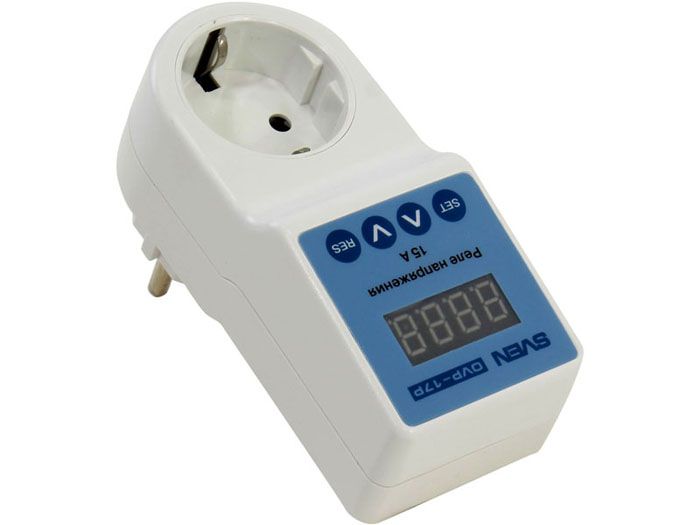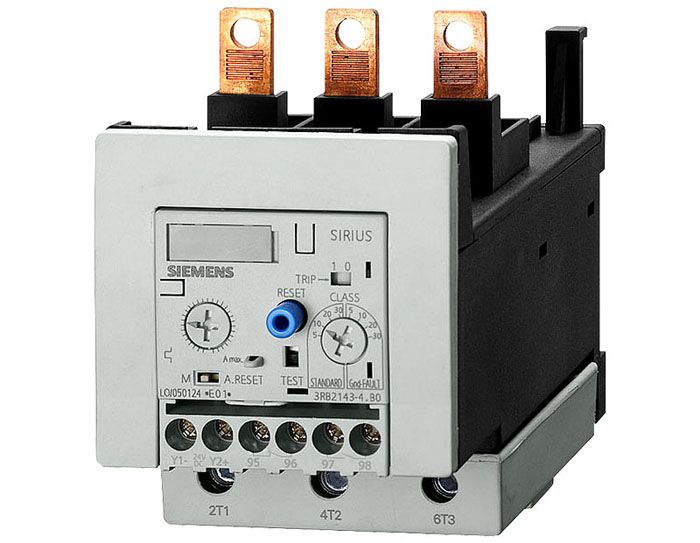We automate processes or what is a relay
Along with manual switches and switches, relay connection is widely used in radio electronics, automotive and manufacturing. What is a relay? This is a device that automatically connects and switches electrical and non-electrical circuits by an external signal. In other words, it is necessary for switching abrupt changes in the circuit as a result of a given input action. In today's review, we will tell you how this device can be useful, what types it can be and how to choose and connect it correctly.
The content of the article
- 1 What you need a relay for: applications
- 2 Brief history of creation
- 3 Electromagnetic relay circuit
- 4 Relay working principle
- 5 Main technical characteristics of the relay
- 6 What is a relay: basic types and their purpose
- 7 Relay designation on electrical diagrams
- 8 Main manufacturers
- 9 Choosing what to buy: electromagnetic or electronic relay, prices
- 10 Conclusion
- 11 Video: what is a relay and how it works
What you need a relay for: applications
The relay connection regulates the operation of the controlled nodes if a command of the required value is given. The circuit, the operation of which this connection regulates, is called controlled. The circuit along which signals pass to the nodes is called the control circuit.
A relay connection is used to amplify the signal. A small amount of electric current flows to the device, after which a powerful circuit closes. The relay can operate on DC or AC.
Brief history of creation
The history of the relay connection begins in 1831. This discovery belongs to the American Joseph Henry. The first relay operated on the principle of electromagnetic action and was non-switching. "Relay" in translation means the replacement of postal horse-drawn carts at crossings or the transfer of the baton in sports.As an independent device, it was first used on the Morse telegraph.
Electromagnetic relay circuit
The simplest electromagnetic connection diagram consists of the following elements:
- anchor;
- magnet;
- connecting elements;
- winding;
- core;
- contact springs;
- contacts;
- pin.
All elements are installed on the base and closed with a lid.Electromagnetic connections are quite popular due to their increased reliability and simple operation. They can be found in electrical installations, protective devices.
In order to understand how the relay works, you can study the diagram below:
Relay working principle
After the voltage is applied to the coil, the electric current, passing through its turns, creates an electromagnetic driving force (EMF). A magnetic field is created in the metal core, which attracts the armature. With its help, one circuit is opened and another is closed. Similar changes take place in the connected circuits.
The armature returns to its original position under the influence of the spring after the current values become less than certain parameters. Additionally, resistors can be included in the relay device, which make the work more accurate, and capacitors, which regulate the voltage supply and protect against surges or arcing.
The controlled and control circuits are not connected with each other. Current parameters may also differ. In managed it can be more. That is, the relay connection acts as a kind of amplifier of electrical parameters: current, voltage and power in the circuit.
The principle of operation of a 4-pin relay can be found in the following video:
Main technical characteristics of the relay
The main characteristics of a relay connection are the relationship between input and output values.
Basic indicators:
- response time - the response from the moment the signal is given to the start of the action;
- controllable power that can be controlled by the connection contacts when the circuit responds;
- actuation power is the smallest indicator that is required to start actuation:
- the magnitude of the operating current;
- coil winding resistance;
- switching frequency under load - the response mode of the relay connection.
| Designation | Indicator name | Description |
|---|---|---|
| Xsr | Actuation rate | The value at which the armature is triggered (influencing value) |
| Hotp | Vacation rate | Opposite parameter at which the anchor drops out (influencing quantity) |
| Kv | Return rate | The ratio of the vacation value to the pickup value Kv = Hotp / Xsr <1 |
| Xp | Working value of the influencing indicator | The maximum value of the magnitude of the impact at which the sensing element can be without destruction and overheating above the permissible temperature regime |
| Kz | Safety factor (by operation) | Кз = Хр / Хср> 1 |
What is a relay: basic types and their purpose
Depending on which indicators are to be monitored, relay connections can be divided into:
- electrical - to close electrical circuits. They are able to work under increased loads;
- reed switches - for work, a coil with a reed switch is used (a cylinder filled with vacuum). Gas can be used. A reed switch or gas is distributed inside the electromagnet;
- electrothermal - work on the principle of metal expansion;
- time - reactive elements are used in the work.
According to the area of use, they should be divided into the following types:
- protection;
- automation.
Let's consider the classification by the principle of operation in more detail.
AC relay
The AC relay connection consists of the same elements as the neutral one. All elements are made of electrical sheet metal in order to reduce losses due to hysteresis and eddy currents. In addition, the magnetic core is manufactured as laminated. The mechanism is triggered when a current is applied to the winding of a certain frequency.
If no special actions are taken, the electromechanical force passes through "zero" 2 times during the period of energization. In order to avoid such vibration of the armature, one side of the core is divided into 2 parts. A coil of copper is placed on one, which acts as a screen.The main disadvantage of such a connection is the increased consumption of electrical energy and the accompanying vibration.
As an auxiliary one should consider the principle of operation of the intermediate relay 220 V. With its help, you can disconnect individual groups of circuits, or, when disconnecting one, turn on the other circuit.
DC relay
The difference between the DC model and AC in the magnetic circuit. In this connection, it is solid. In addition, the coil is made taller and narrower, in contrast to the alternating one. Otherwise, the principle of operation of the relay is similar to the variable one.
It is important! The main difference between DC and AC relays is low power consumption. This is extremely important for constantly running equipment.
Electromagnetic connection
They can be divided into neutral and polarized compounds. In the first case, the connection responds to direct current flowing in both directions. In the second, the response to the polarity of the control signal.
Pluses of electromagnetic connections:
- low cost compared to analogs;
- practically do not heat up, since the voltage drop is small on closed circuits.
- absolute isolation between contact elements and coil;
- resistance to increased impulse overvoltage and external influences (for example, during lightning discharges);
- the ability of a product with a volume of up to 10 cm³ to regulate loads of up to 4 kW.
The disadvantages include the low speed of operation, limited resource. In addition, radio interference may occur during make / break operation.
Electronic connection
The electronic device contains the same elements as in the electromagnetic one. The main difference from analogs is the installation of a semiconductor diode instead of a magnet. Its task is to control the operation of the reverse current.Electronic relays are used in electrical circuits, memory units and other units for connecting power loads. The electronic connection instantly changes the parameters of the circuit.
As an example, we can cite the operation of automotive components (generator, starter, mirror heating) that consume a high current. It can be said that such a current relay would be the best choice for this switching.
Relay designation on electrical diagrams
Relay connection symbol in the form of a rectangle is the same for all circuits. From the side of greater length, the lines of the output elements are taken. Designations for contacts are similar to contacts on switches... Contacts located at a distance from each other are indicated by the letter K next to the geometric figure and the number with which the device is labeled. Knowing the letter designation, you can easily read the diagram and understand where the relay is.
The designations on the relay contact diagrams are as follows:
Symbols of elements in the electrical diagram are shown in this figure:
Main manufacturers
Before choosing a relay manufacturer, you need to familiarize yourself with its rating and product catalog:
| Manufacturer | Description |
|---|---|
| JSC "NPP Start" | The main focus of the company is the development and production of relay connections |
| OJSC "MiassElektroApparat" | The activity is aimed at the production of products for cars |
| OJSC "Irkutsk Relay Plant" | Main production - switching equipment |
| Firm "Crydom" USA | Leading brand of solid state products |
| Finder | Since 1954 it has been producing exclusively with relay connections. Ranked 3rd in the line of manufacturers |
Choosing what to buy: electromagnetic or electronic relay, prices
After the product has been selected according to the required parameters, it is necessary to familiarize yourself with all the offers on the market. The Internet will play the role of a kind helper.All manufacturers and suppliers of electrical products post their products and their characteristics in the public domain. Estimated prices can be found in our selection:
Conclusion
Relay connection is a great helper for electrical systems in the construction of various circuits, ranging from protective shutdown mechanism to protective functions in instrument making, space industry, military production. In everyday life, a small-sized 220 V AC relay will be an excellent support. Its main function is to control and regulate electrical equipment. In principle, its installation is not necessary, but the relay increases the functioning and stability of the equipment.



